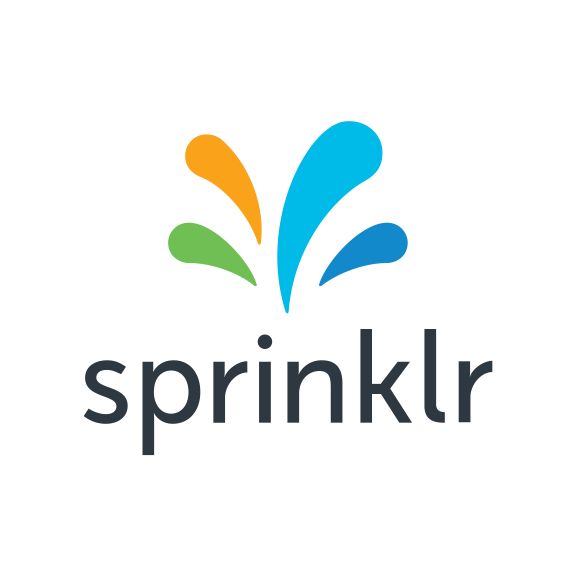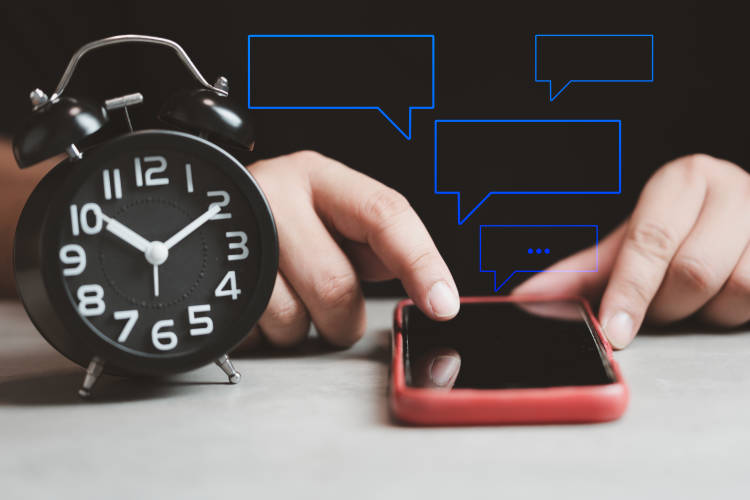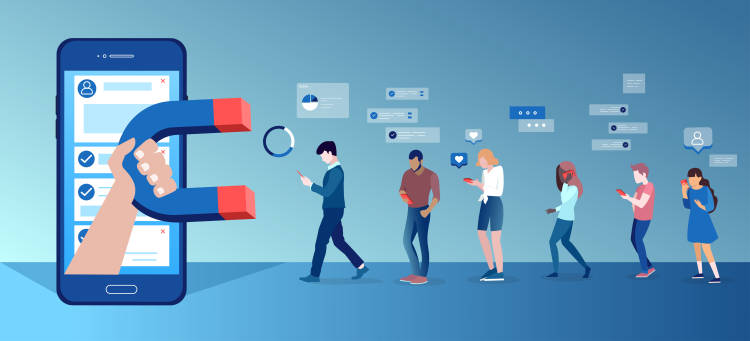Last week, over 14,000 people from around the globe crowded into the Boston Convention & Exhibition Center for INBOUND 2015, where hundreds of speakers held sessions and keynotes on marketing, business, and innovation.
If one thing was clear from the sessions I attended, it was that customer attention is now the ultimate commodity, and many speakers focused their talks on ways to reach and engage their customers in a world already saturated with content.
Here are three lessons from INBOUND on innovative ways to get and keep your audience’s attention.
1. People Forget Up To 90% of What You Share With Them

In her talk, which was so popular that INBOUND attendees requested a repeat, Dr. Carmen Simon, Co-founder of Rexi Media, explored the neuroscience behind memorable content marketing.
Despite companies producing more content than ever before, Simon explained that the increase in volume doesn’t necessarily correlate with consumption. The truth is: the more content we create, the more content people forget. Simon cited that, metaphorically speaking, people forget up to 90% of what we share with them.
So, how do we earn a spot in our audience’s minds? What 10% of the content your brand creates do consumers actually remember?
Are they remembering the right 10%?
It turns out there is a scientific way to capture your audience’s attention and increase the likelihood that they’ll remember key messages – or take a desired action. The key is to stimulate the creation of dopamine, which functions as a neurotransmitter in the brain.
Dopamine is what motivates us to go after something, like a piece of chocolate. But the power of dopamine lies not in the end result of pleasure; it’s about the anticipation of pleasure. So, Simon urged marketers to ask themselves: how often do I create anticipation in what I produce? Has my marketing become predictable, and what can I do to bring back a little excitement?
Anticipation is even more powerful when paired with two other qualities: reward and uncertainty. When elements of all three are present in your content marketing, it’s much more likely that your audience’s dopamine levels will be elevated.
JetBlue’s “A Better Wingman” campaign is a perfect example of how marketers can use surprise and delight to capture people’s attention. At first, passersby saw what looked like an interactive holographic display in a storefront, with options to learn more about JetBlue’s offerings and pre-recorded answers from a crew member.
However, once people started to interact with the display, a live “bait and switch” took place, with the crew member responding to questions and posing some unique ones of her own, all in real-time. Participants who stuck around long enough received free airline vouchers and a hug from the crew member, who eventually came out from inside the display, revealing that she was, in fact, a real person.
2. Leverage Millennials to Connect with Millennials
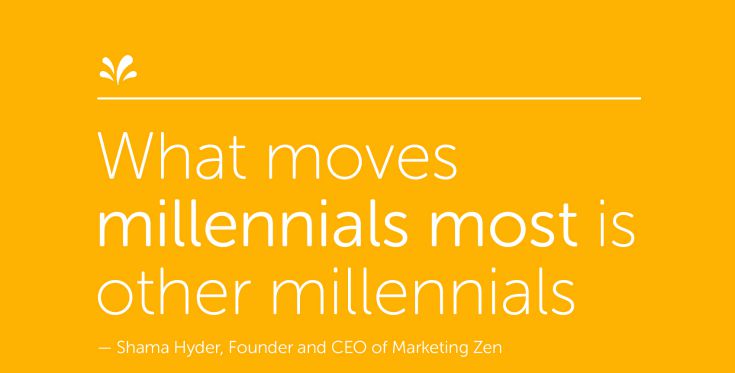
Another key ingredient for brand recall is to tap into what inspires trust in your audience. This is especially true with millennials – the generation that nearly every major brand is trying to figure out how to connect with.
Shama Hyder, Founder and CEO of Marketing Zen, is an expert in millennial marketing. In her INBOUND talk, she outlined five powerful ways to reach the millennial market, including leveraging other influential millennials for campaigns.
When clothing brand Aéropostale wanted to increase awareness and sales among 15- to 24-year-old females, they enlisted YouTube star Bethany Mota, who is extremely popular with women in this age group, to design a new clothing line. Thanks to the partnership, interest in the Aéropostale brand shot up by 145% YoY on YouTube, and the campaign’s Layer Up for Fall YouTube ad generated more than 2.6M views.
But this tactic isn’t dependent on hiring huge influencers like Mota; brands should look for influencers in their particular niche, or even simply other millennials who are excited about your product and willing to share that excitement with their online communities (in other words: advocates).
For example, Coach asked fans to share photos of their Coach shoes on Instagram or X, formerly Twitter, with the hashtag #coachfromabove, for a chance to be featured in a gallery on the company’s website. The brand received 629 submissions via Instagram in 8 weeks, and now has over 4,800 images tagged #coachfromabovewhich, which is impressive given that there was no chance to win, or other incentive, beyond recognition on Coach’s website and social media
Hyder also cited a campaign her agency worked on for Promax nutrition bar, where they sent free samples of the bars to young influencers in the fitness community, who then posted their thoughts about the product on social media.
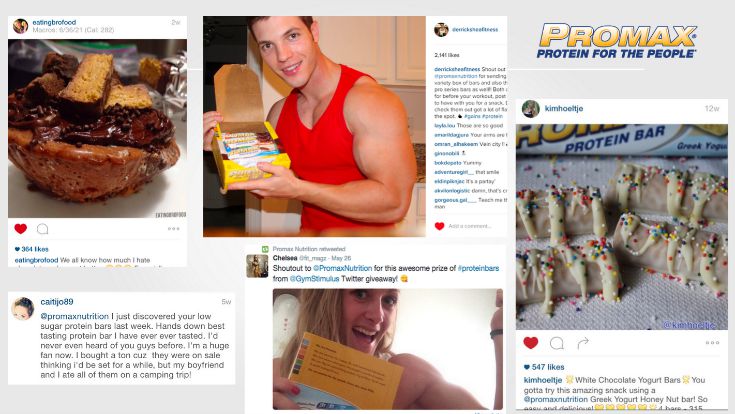
Why does this work? Hyder pointed out that, for millennials, what their peers tell them matters way more than what an ad tells them. Moreover, it allows millennials to use brands to express their own personal identity. Said Hyder:
“For the longest times brands asked: what does our brand say about us? The question now becomes: what does our brand allow our consumers to say about themselves? What does doing business with you allow me to say about my own brand?”
3. Focus on Storymaking, Not Storytelling
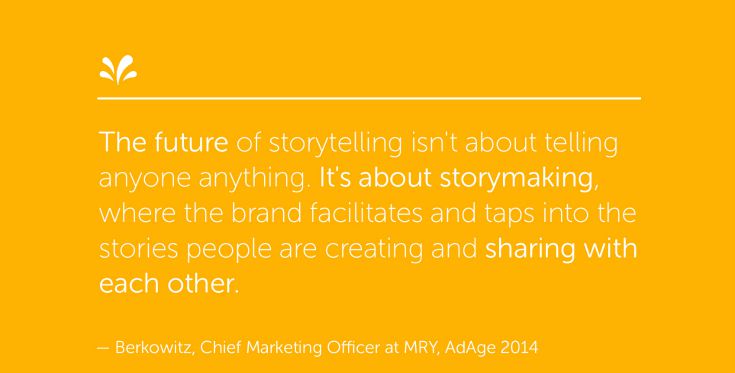
Given the popularity of content marketing, it makes sense that marketers can’t seem to stop talking about storytelling. But in his talk at INBOUND, David Berkowitz, Chief Marketing Officer at MRY, said that brands should move away from storytelling and toward “storymaking” – the co-creation, and sharing, of stories with customers. This represents a shift away from the traditional broadcast way of doing things and toward more collaborative, human marketing.
Berkowitz explained that while storytelling is idea-inspired, storymaking is fan-inspired; while storytelling is centralized, storymaking is decentralized; and while storytelling is predetermined, storymaking is unpredictable. With storymaking, brands rescind most of their control, but they’re rewarded with their audience’s full attention – after all, the users are deeply involved in the actual creation of the story, and they get to tell the story they actually want to hear, not what the brand thinks they want to hear.
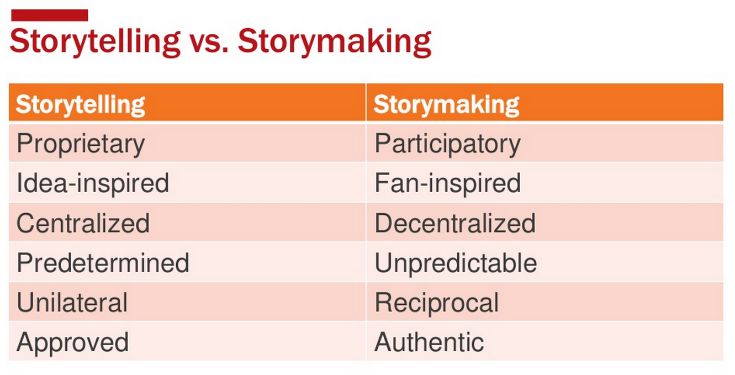
A great example of storymaking is this video from Coca-Cola’s Share A Coke campaign. In it, a young, real-life couple unaffiliated with the brand take on different personas as they drink from Coke cans with various names on them, like Morgan and Arnold. Then, after trying a number of cans, suddenly, their voices are back to normal. They turn the latest cans to see what caused the change, revealing the words “mom” and “dad” on each one.
Much to the surprise – and delight – of their family and friends, the couple used the Share A Coke campaign to announce that they were expecting. The video was so compelling that it spread far beyond the couple’s network to millions of people around the world.
Could Coca-Cola have produced this kind of video? Of course. But, what made it so brilliant was how two fans of Coca-Cola incorporated the iconic brand into a deeply personal story in an unexpected way.
—
Why is attention so important in marketing? Capturing your customer’s attention paves the way to being remembered – to standing out amongst all the other messages coming at consumers at any given time and winning a more permanent spot in the mind of the consumer.
The INBOUND speakers mentioned above outlined three innovative ways to do this: first, mix anticipation, reward, and uncertainty in your content marketing; second, use influencers and advocates in order to make your marketing more relatable, especially for the millennial audience; and third, co-create your stories alongside customers – even make them the center of the story – so that your marketing feels more authentic and personal.
What else should brands do in order to win over their customers’ limited attention span?

